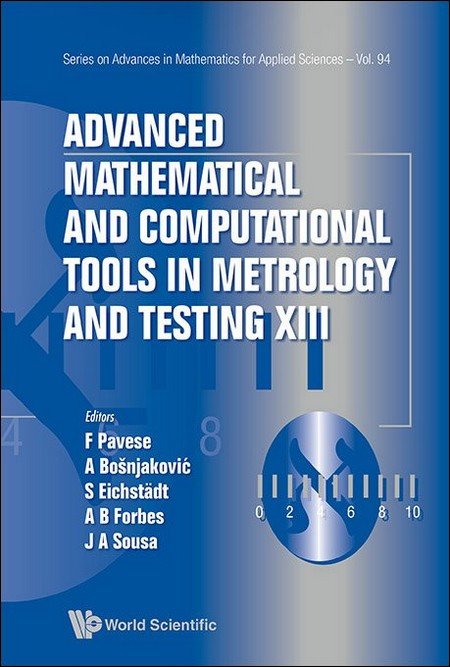Signal interval to classification: Supervised machine learning for ECG
This project (18HLT07) has received funding from the EMPIR programme co-financed by the Participating States and from the European Union’s Horizon 2020 research and innovation programme.
Supervised machine learning methods were used to predict patient heart disease in this work. The dataset was extracted from an open, traceable dataset for research purposes. 1600 electrocardiogram (ECG) records were extracted, and only single label records were used. ECG analysis was performed by determining particular fiducial points for all the ECG signals from which seven intervals and five amplitudes were obtained. Furthermore, these features were individually calculated for each of the 12 ECG leads, except for the RR interval, which was calculated only once using all 12 leads. However, it was included in the feature vectors for all leads. The amplitude and interval features were used to form the feature vectors. The accuracy scores for each lead were calculated using two supervised machine learning methods and using five-fold cross-validation. Taking into account that the dataset was balanced, the results were studied using the accuracy score. The results were represented by confusion matrices and diagrams. All captured results were compared. Finally, the sensitivity of the machine learning methods was reviewed to consider variations in the classification performances.



